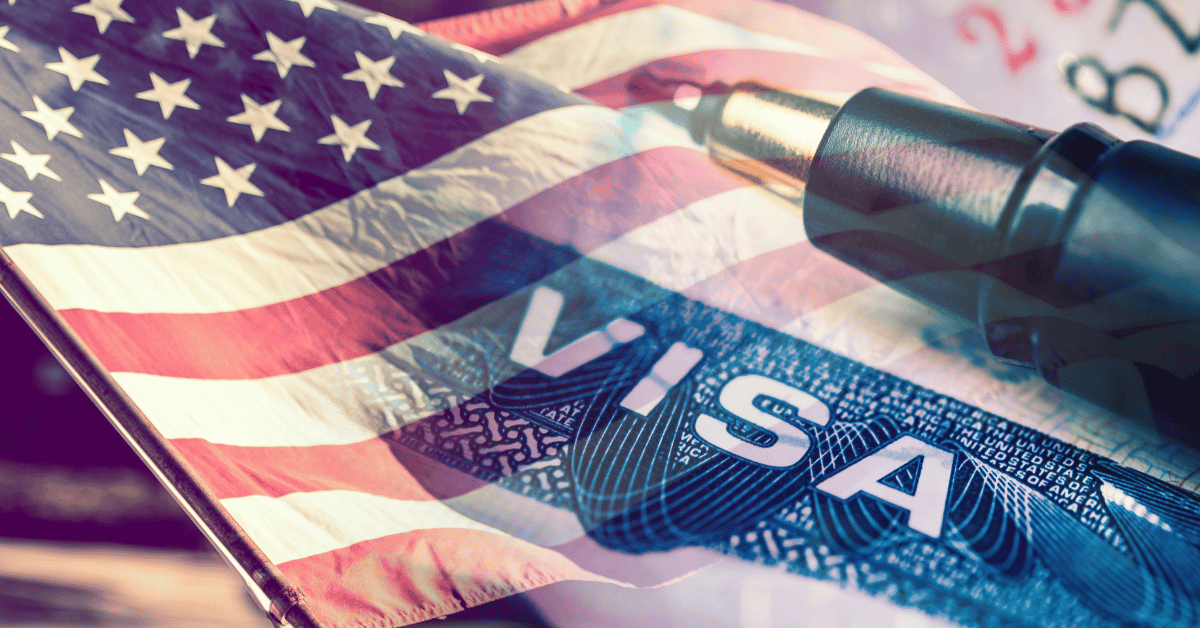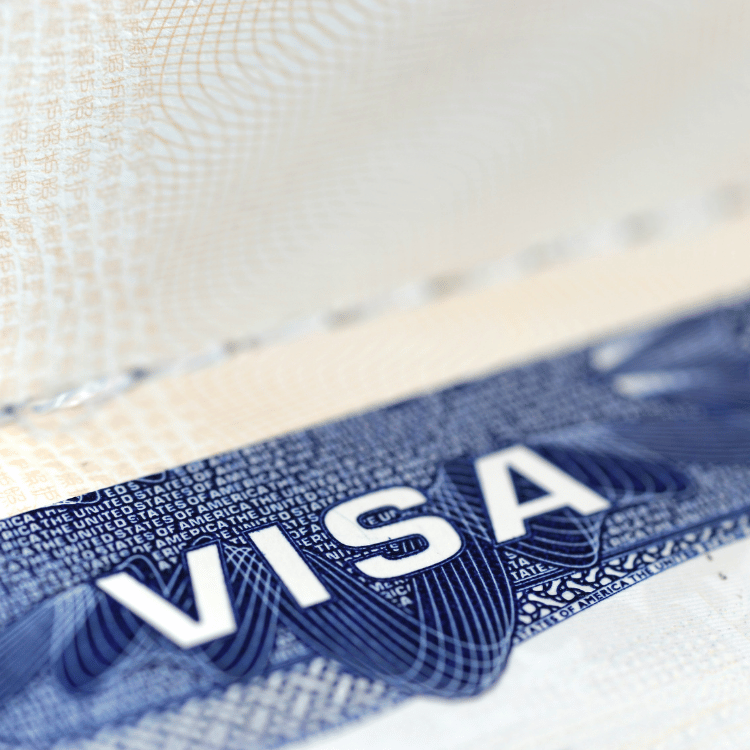
Whether you’re an executive planning to oversee operations abroad or a tech professional joining a startup in the U.S., understanding how to get a work visa is an essential part of the process. The global workforce is increasingly mobile, but navigating legal employment routes is no small task. With varied visa types, shifting requirements, and tight deadlines, securing work authorization can quickly become overwhelming without proper guidance.
Nelson Immigration Law specializes in all aspects of immigration law, and securing a work visa is one of their core services. If you’re seeking reliable, professional support, contact Nelson Immigration Law at 626-683-3451. Let’s now walk through the critical steps and considerations that go into securing work authorization legally and efficiently.
What Defines a Work Visa and Why It’s Necessary
Securing legal permission to work in another country is more than a formality—it’s a requirement enforced by international law. A work visa authorizes foreign nationals to live and work temporarily (or in some cases, permanently) in a host country under specific terms and for designated employers.
Work visas often differ based on the nature of employment, skill level, duration, and bilateral treaties between countries. For example, what qualifies under a TN visa for Canadian professionals wouldn’t meet H-1B criteria for specialty occupations.
Without a valid work visa, foreign employees face potential removal, fines, or bans on future entry. Meanwhile, employers risk penalties or labor certification issues. Simply put, no business can afford a misstep here.
How to Get a Work Visa Based on Employment Type
Work visas fall into categories generally based on the role and background of the applicant. Understanding which type best fits your situation is essential before applying.
Some of the most common types include:
- Temporary Nonimmigrant Work Visas (e.g., H-1B, L-1, O-1)
- Employment-Based Immigrant Visas (e.g., EB-1, EB-2, EB-3)
- Treaty-Based Visas (e.g., E-1, E-2, TN)
- Seasonal or Agricultural Visas (e.g., H-2A, H-2B)
Before you initiate the application, align your job offer, credentials, and employer’s qualifications with a specific visa type. Not all employers are authorized or willing to sponsor certain visa categories.
Employer Sponsorship and Eligibility Requirements
Employer sponsorship is often the cornerstone of work visa approval. For most work visas, the employer must file a petition or labor certification with the appropriate government agency—usually U.S. Citizenship and Immigration Services (USCIS) for applicants seeking to work in the U.S.
Each visa has distinct requirements:
- H-1B: Requires a bachelor’s degree (or equivalent) in a specialized field. The employer must prove the position meets specialty occupation standards.
- L-1: For intra-company transfers of executives or those with specialized knowledge. The employee must have worked abroad for the company for at least one year within the last three.
- O-1: Reserved for individuals with extraordinary abilities in their field (science, arts, education, athletics).
In some cases, the Department of Labor must verify that hiring a foreign worker won’t negatively affect local wages or working conditions.
Application Steps: How to Get a Work Visa Legally and Efficiently
Once eligibility is determined, the application process requires careful coordination. Missing a step—or even a supporting document—can delay or void an application.
Here’s a general framework to follow:
- Job Offer from a Qualified Employer
The applicant must have a written offer from an employer willing to sponsor their visa. - Employer Files the Petition
Most work visas begin with the employer submitting a petition (e.g., Form I-129) to USCIS. This includes supporting documentation such as proof of business legitimacy, financial capacity, and job duties. - Labor Certification (if required)
For some visas like EB-2 or EB-3, the employer must first obtain a labor certification through the Department of Labor. - Wait for Approval Notification
After USCIS or DOL reviews the application, they issue a notice of approval, request for evidence (RFE), or denial. - Consular Processing or Adjustment of Status
If the applicant is outside the U.S., they’ll apply for a visa at a U.S. embassy. If they’re already inside on another status, they may file for adjustment of status. - Attend the Interview
Most applicants will need to attend a visa interview at their local consulate. Bring all requested documents and be prepared to discuss your role and qualifications. - Enter the Host Country and Begin Employment
Upon visa issuance, the applicant may travel and begin work under the conditions set by the visa.
Processing Times and Timing Considerations
Timelines vary drastically by visa type, country of origin, and demand. For instance:
- H-1B Visa: Subject to an annual cap. Applications are submitted in March and selected via lottery.
- L-1 Visa: Typically processed within two to four months, though premium processing may expedite approval.
- O-1 Visa: May take weeks or months depending on supporting documentation and workload at USCIS.
Employers and applicants should initiate the process several months in advance—ideally six to eight months prior to the proposed employment start date.
How to Get a Work Visa Without Employer Sponsorship?
Though most employment-based visas require employer sponsorship, a few exceptions exist.
Some self-petitioning visa options include:
- EB-1A (Extraordinary Ability): Applicants can self-petition if they can prove sustained national or international acclaim in their field.
- National Interest Waiver (NIW): Individuals whose work benefits the national interest of the U.S. can bypass employer sponsorship.
- E-2 Treaty Investor Visa: Requires a substantial investment in a U.S. business, not a sponsoring employer.
These routes are significantly more complex and demand substantial evidence and legal strategy.
How to Get a Work Visa: Common Missteps and Errors
Errors in visa applications are not just common—they’re costly. The most frequent missteps include:
- Applying under the wrong visa category
- Submitting incomplete or incorrect documentation
- Failing to maintain valid status during the process
- Ignoring deadlines for renewals or transfers
- Misrepresenting job duties or qualifications
Avoiding these errors is often best accomplished with legal support. Immigration attorneys like those at Nelson Immigration Law help employers and employees avoid preventable mistakes. Contact them directly at 626-683-3451.
Renewals and Maintaining Work Visa Status
Even after approval, the journey doesn’t end. Work visa holders must maintain legal status by:
- Renewing visas before expiration
- Updating USCIS with any material changes (e.g., job role, employer)
- Abiding by the terms of the visa (e.g., working only for the sponsoring employer)
Certain visa holders may also be eligible to apply for green cards based on employment, and the transition should be strategically timed to avoid gaps in status.
How to Get a Work Visa as a Student or Recent Graduate
Many international students transition from F-1 status to work visa status after graduation. Here’s how:
- OPT (Optional Practical Training): Permits up to 12 months of work authorization for F-1 students.
- STEM OPT Extension: Grants an additional 24 months for eligible STEM graduates.
- H-1B Transfer: Many employers sponsor recent graduates for an H-1B visa during or after OPT.
Because the H-1B process includes a limited lottery system, students should coordinate early with employers and possibly have a backup plan.
FAQs on How to Get a Work Visa
Do all work visas require a college degree?
No. While visas like the H-1B require a degree, others such as H-2B (non-agricultural workers) or L-1 (intra-company transferees) do not.
How long does it take to get a work visa?
Depending on the visa, processing can range from a few weeks to over six months. Expedited options may be available in certain cases.
Can I switch employers on a work visa?
It depends on the visa. Most allow transfers, but the new employer must submit a petition. Unauthorized work can violate visa conditions.
Is legal representation necessary to apply?
While not mandatory, working with a qualified immigration attorney reduces the risk of denial, especially for complex or employer-sponsored visas.
Can family members accompany me on a work visa?
Yes. Most work visas offer derivative visas (e.g., H-4 for H-1B holders) for spouses and dependents. In some cases, spouses may also work.
Wrap-Up: Work Your Way In by Knowing How to Get a Work Visa
Knowing how to get a work visa isn’t just about filing paperwork—it’s about understanding your position, your legal rights, and your employer’s responsibilities. Each step, from selecting the right visa to submitting the correct documents, determines how smooth (or bumpy) your path will be.
Nelson Immigration Law brings experience, attention to detail, and client-focused representation for every stage of the process. If you’re ready to explore employment opportunities abroad or need help from a seasoned immigration attorney, call Nelson Immigration Law at 626-683-3451 or visit our contact page here.




